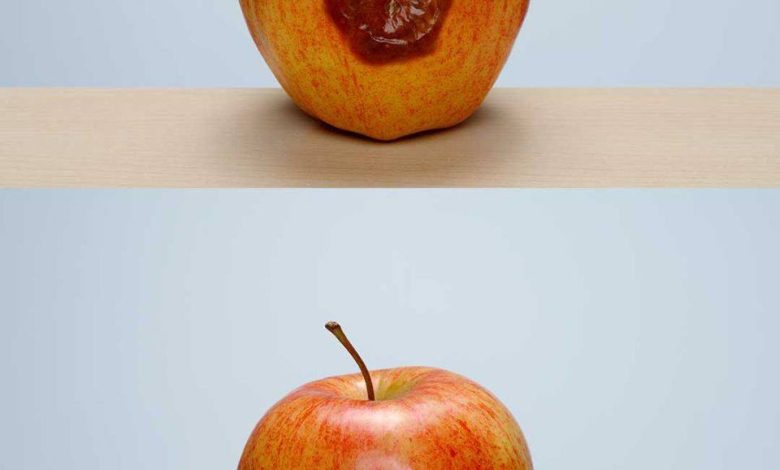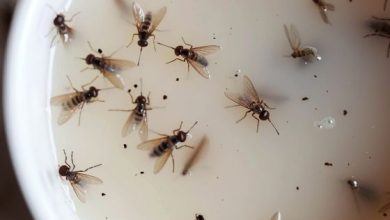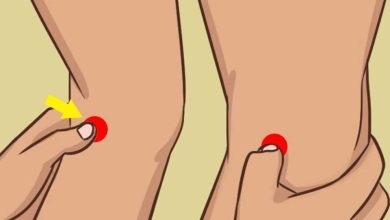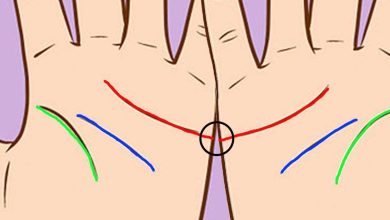Is It Safe to Eat Bruised Apples? Understanding the Risks and Guidelines

The question of whether or not it’s safe to eat bruised apples is a common one, often sparking debates within households. While some, like your mother-in-law, may believe that minor bruising poses little risk, others understandably err on the side of caution. This article delves deeper into the issue, exploring the factors that contribute to apple bruising, its potential impact on nutritional value and safety, and ultimately, providing practical guidance on making informed decisions about consuming bruised apples.
ADVERTISEMENT
Understanding the Mechanics of Apple Bruising
ADVERTISEMENT
Apple bruising is a direct result of physical impact. When an apple is subjected to force, whether during harvesting, transportation, or even within the household, the internal cellular structure can be disrupted. This cellular damage triggers a cascade of events, leading to the release of enzymes that cause the characteristic browning and softening of the bruised area. While visually unappealing, bruising primarily affects the apple’s appearance and texture, rather than its core nutritional value.
ADVERTISEMENT
Nutritional Considerations: Are Bruised Apples Still Nutritious?
While the appearance of a bruised apple may raise concerns about its nutritional value, the impact on essential nutrients is generally minimal. The majority of vitamins and minerals, such as vitamin C, potassium, and fiber, remain largely intact within the unaffected portions of the fruit. However, it’s important to note that the bruised area itself may experience a slight decrease in vitamin C content due to oxidation, a natural chemical reaction that occurs when the fruit’s cells are damaged.
Health Risks: A Matter of Microbial Growth
The primary health concern associated with consuming bruised apples stems from the increased risk of microbial growth. The damaged cells within the bruised area create an environment that is more susceptible to the proliferation of bacteria and fungi. In rare instances, these microorganisms can produce harmful toxins.
Individuals with weakened immune systems should exercise particular caution, as their bodies may be less equipped to combat potential infections. It’s crucial to carefully inspect bruised apples for any signs of mold growth or off-putting odors, which are clear indicators of spoilage and should prompt immediate discarding of the fruit.
A Guide to Assessing the Safety of Bruised Apples
Determining whether a bruised apple is safe for consumption requires a careful assessment.
- Small Bruises: If the bruise is minor, dry, and free from any visible mold or unpleasant odors, it is generally considered safe to consume. In such cases, it’s advisable to carefully cut away the bruised portion and enjoy the remaining, undamaged parts of the apple.
- Extensive Bruising: If the bruising is extensive, causing the apple to feel mushy or exhibiting signs of visible mold, it’s best to discard the fruit entirely.
Key Indicators of an Unsuitable Apple
Several key indicators can help you determine if an apple is too bruised for consumption:
- Extensive Bruising: A large, soft, or mushy bruised area is a strong indicator that the apple may no longer be safe to eat.
- Off-Odors: The presence of a sour, fermented, or otherwise unpleasant odor is a clear sign of spoilage.
- Visible Mold: Any visible mold growth on the apple’s surface is a definitive indication that the fruit has gone bad and should be discarded.
- Slimy Texture: A slimy texture on the apple’s surface is another sign of spoilage and should prompt immediate disposal.
Expert Opinions and Recommendations
Food safety experts generally agree that minor bruising on apples does not pose a significant health risk and can be safely consumed after removing the affected area. However, they strongly advise against consuming apples with extensive bruising or any signs of spoilage.
Nutritionists emphasize the importance of thorough washing of apples before consumption, regardless of the presence of bruising, to minimize the risk of ingesting any surface bacteria.
Minimizing Bruising: Handling and Storage Tips
To minimize the occurrence of bruising in apples:
- Handle with Care: Exercise caution when handling apples to prevent unnecessary impacts.
- Proper Storage: Store apples in a cool, dry location away from direct sunlight. Avoid stacking apples on top of each other, as this can increase the risk of bruising.
- Safe Transportation: Utilize padded containers during transportation to cushion the apples and prevent impacts.
- Consume Fresh: Eating apples soon after purchase can help minimize the risk of bruising.
Creative Alternatives for Bruised Apples
If you’re hesitant to eat bruised apples directly, consider utilizing them in various culinary applications. Bruised apples can be effectively used in the preparation of applesauce, pies, or smoothies, where the impact of their altered texture is less noticeable.
Furthermore, cooking apples can help eliminate any potential bacteria, making them a safer option for consumption.
Making Informed Choices
Ultimately, the decision of whether or not to eat a bruised apple is a personal one, influenced by individual risk tolerance and the specific condition of the fruit. By understanding the factors that contribute to apple bruising, its potential impact on nutritional value and safety, and following the guidelines provided, you can make informed decisions about apple consumption and minimize food waste.
Remember, a careful assessment of the fruit, coupled with an awareness of potential risks, will ensure that you enjoy your apples safely and confidently. ✨




